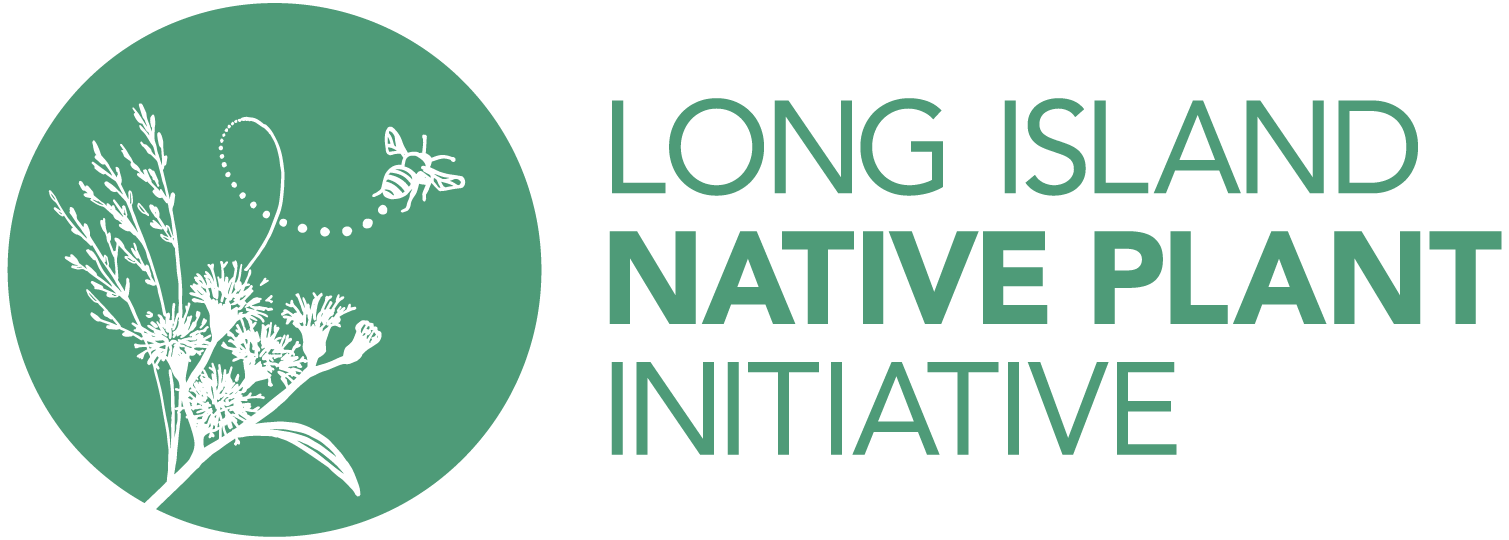Glossy green, deciduous leaves have five deep lobes forming a distinctive star shape. In the fall leaves turn vibrant shades of yellow, orange, red and purple. The fruit is a woody, burr-like fruit that is approximately 1" in diameter. Grows in a straight, upright pyramidal shape.
